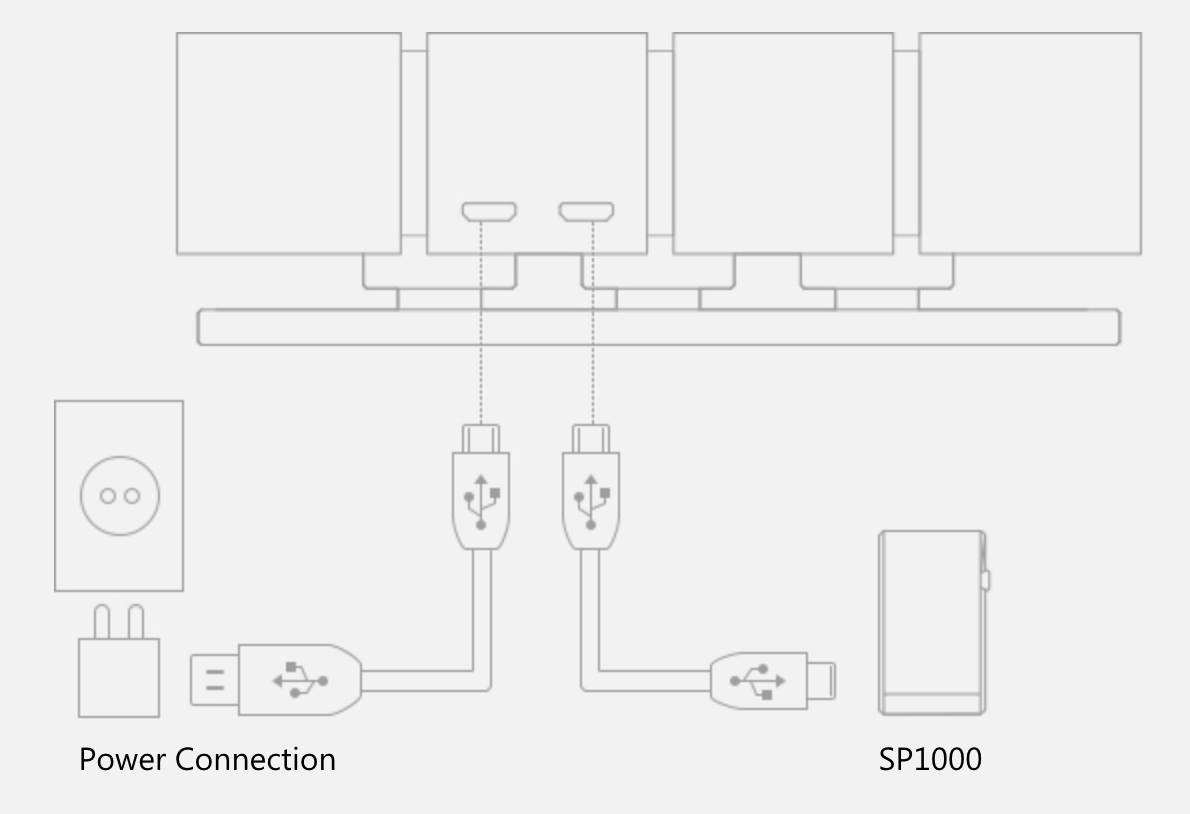

This type has 10 contact points, five in the standard Micro B portion and 5 in the additional portion. Micro B SuperSpeed (Figure 7): This is becoming more popular as it claims to have faster data transfer and charging rates. All positioned in a straight line.įigure 6: Female and male USB Type Micro B connector.

It is currently used for most major cell phone charging connectors. Type Micro B (Figure 6): This style is very common. All positioned in a straight line.įigure 5: Male USB Type Micro A connector. Type Micro A (Figure 5): The Micro A is not as common as the Micro B. All positioned in a straight line.įigure 4: Male and female USB Type Mini B connectors. Type Mini B (Figure 4): This style was previously used in cell phones for charging capabilities. All positioned in a straight line.įigure 3: Male and female USB Type Mini A connectors. Type Mini A (Figure 3): This is not one of the more commonly used styles. Two are positioned on the top, and two on the bottom.įigure 2: Male and female USB Type B connectors. Two are for data and two for negative and positive power. This type has four contact points, just like Type A. Peripheral device examples include keyboard, mouse, scanner, etc. Type B (Figure 2): This style of USB was designed for peripheral device connection to computers. They are all positioned alongside each other.įigure 1: Male and female USB Type A connectors. This type has four contact points, two for data and two for negative and positive power. It is found in a multitude of places such as: computers, flash drives, cars, wall converters, etc. Type A (Figure 1): This is the most commonly utilized USB style. There are quite a few styles of USB connectors the images and descriptions below will go over the most common types. The new logo to distinguish this from the old SuperSpeed is SUPER SPEED+.
#MICRO USB TO USB C CONVERTER DIAGRAM UPGRADE#
USB 3.1 was revealed in 2013 to upgrade the speed to 10 Gbit/s, thus passing the original SuperSpeed transfer mode. The SuperSpeed connectors are marked with a special logo while the standard receptacles have blue inserts to help identify those capabilities. USB 3.0, released in 2008, also came with the new SuperSpeed transfer mode that reached a signaling rate of 5 Gbit/s. After many upgrades and improvements, including battery charging capabilities, the Micro USB connector type was released in 2007. USB 2.0 boasted a speed of 480 Mbit/s when it was released in 2000, the same year the Mini-A and Mini-B connector types were released. At this point, with a speed of 12 Mbit/s, USB 1.1 was becoming more widely adopted. This version only included standard A and B type connectors. Not many were utilized in new products until 1998 when USB 1.1 was released. The female connector (receptacle) is typically embedded into a device while the male connector (plug) is generally free-hanging so it can be placed on the end of a cable assembly for two or more devices to be interconnected at a time. USBs were originally created to help simplify the connection of computers with peripheral devices. They are most commonly used for charging devices or transferring data from a storage device to a viewing device.
#MICRO USB TO USB C CONVERTER DIAGRAM SERIAL#
What is USB (Universal Serial Bus)? USBs are rectangular-shaped connectors used for data transfer and power administration.


 0 kommentar(er)
0 kommentar(er)
